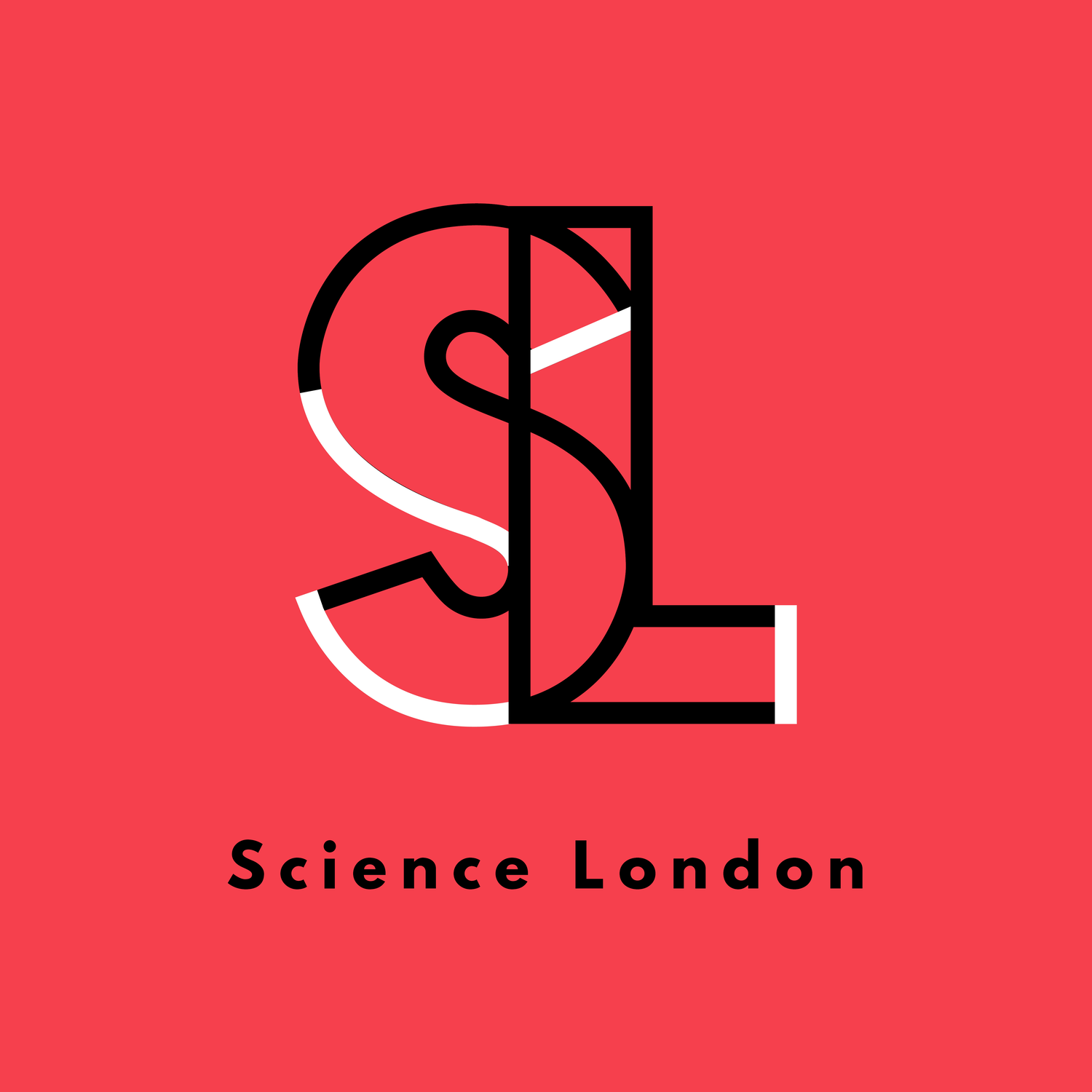How to tackle Misinformation in Science
It is the cyclical nature of our news consumption that makes everyone part of the cycle equally responsible for fake news. Individuals do not get misinformed in a vacuum. “Individual misperceptions emerge in group-level processes as part of social networks, and they are embedded in and shaped by societal dynamics.” That is why consumers must be conscious of the news, as well as the communicators to verify and actively stand against fake news. Though, while we study the effectiveness of the consumer understanding the science we communicate, there is very rarely a mechanism to measure how the public consumes fake news through similar channels.
Here are some more tips for the consumer on ways to verify the information you receive:
Citing of sources – especially for statistics or facts. – Make sure you can differentiate between opinion posts and infographic posts.
Who does fake news and misinformation disadvantage? Which groups are usually targeted to being misrepresented or falsely reported?
Verify whether the post you are retweeting stands for anti-racist and inclusionary practices. Their data or the data that they cite is also coming from researchers that don’t actively exclude racialised minorities. This may be a difficult thing to do for every post that we scroll by, but it is something that we can do before sharing, retweeting or actively engaging with the post, so as not to increase its presence on social media and thus making a fake news post trend.
Check if the links in bio are to credible organisations that have verifiable webpages. If they are requesting for active action on their posts, verify the channels through which they are asking you to do so. If possible, you can even check if their organisation is part/affiliated or recognised by a more credible organisation.
There are collectives of science communicator groups to endorse information that is everywhere – in a sense to be a moderator of content trending on social media. We must ask the question, how can we mitigate the fake news, how can we as a collective of science communicators moderate the abundance of information that is being put out there? With the abundance of known and unknown sources presented on social media, people are relying more on endorsements from others to help in their selection of news content.” With the need for endorsement on unknown sources, scientists and science journalists can work together to form a unit to provide critical analysis of information, while offering potentially a more credible perspective. But one important thing to note here is that while the perspective of ‘science’ can be more credible, we must still be cautious before assuming it be the ‘absolute truth.’
Here are links to a few resources and organisations that actively work towards stopping fake news and misinformation:
Union of Concerned Scientists: They are a non-profit organisation that is working on independent science and improving access to evidence-based research. They have published a Disinformation Playbook - which explains how the public get deceived by corporate products and practices.
Sense about Science: An Independent charity that works on ensuring transparency in scientific research and intervenes at times of misrepresentation.
Center for an Informed public: Their mission is to strengthen the democratic discourse of science while also resisting strategic misinformation.
Full Fact: This organisation is not specifically working in the field of science, but there are many groups similar to Full Fact that work actively towards verifying information that is trending.
Open Science (Wing of Health Research Alliance): Work on making peer-reviewed research more accessible to the general public, thus taking credible resources directly to the consumer. An important thing to keep in mind here is that peer-reviewed science can also be misrepresenting and associated with actively exclusionary organisations.
Poynter - https://www.poynter.org/ifcn/anti-misinformation-actions/. This article is a detailed guide on how different countries are actively working towards stopping the spread of fake news.
Workshops to look into initiatives aimed at tackling this. Acceptable practices in sharing quality information via case studies. Example: The European Science-Media Hub (ESMH) organised a workshop, on Wednesday, 6 February 2019, to take a closer look at some initiatives aimed at tackling misinformation and disinformation in science.
